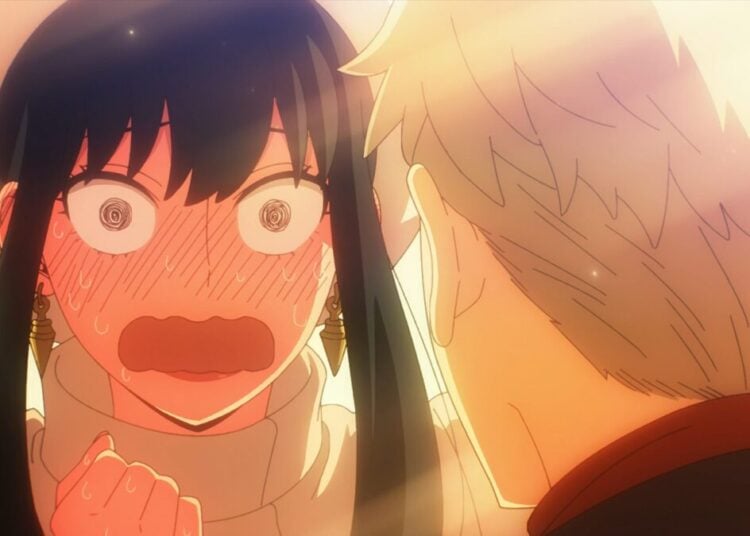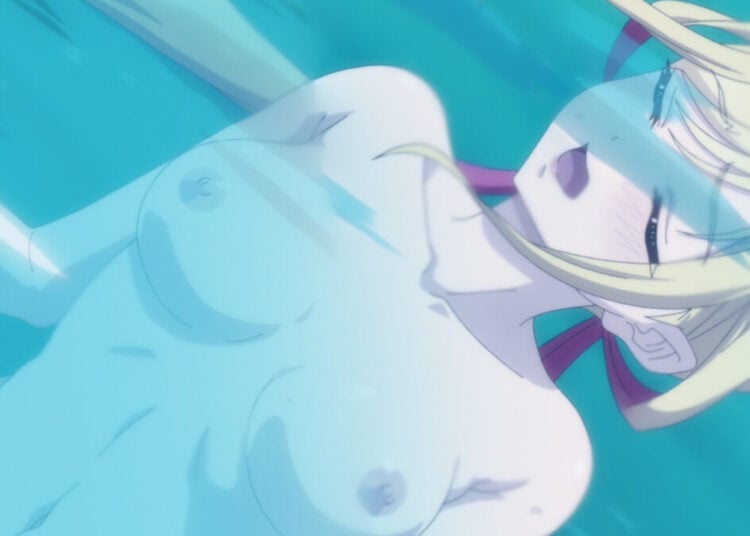Revenge. Stardom. Home. Legends. Prosperity. Freedom. Truth. Memories. These are the values the eight protagonists of Octopath Traveler II fight for. Will you join them? Octopath Traveler II may be the best JRPG release in 2023, and I don’t say that lightly. I had a good time with the original but didn’t bother doing the true ending. I finished all eight main stories but tapped out when I lost to the actual final boss the second time. There was nothing wrong with the game specifically. After all, I put well over 50 hours into it. When this title was announced, I was excited but figured I’d pick it up later. I already had so much to play, and adding another JRPG to the list would push back my completion of neglected games further. But when I got my hands on it, the game ensnared me the same way the first one did. I promise I’ll finish you one day, Pokemon Violet!
Octopath Traveler II’s Gameplay
Square Enix tried hard to iron out all of the kinks in the first Octopath while adding much to the experience in Octopath Traveler II. They do accomplish that goal most of the time. While still a traditional turn-based JRPG at heart, it has modern flourishes that give the game its own identity outside of the HD-2D art style its predecessor pioneered. Basic combat still revolves around finding and exploiting enemy weaknesses by spending Boost Points in the Boost system. Boosting gives you multiple attacks or increases the power of spells, making a Break easier. Breaking an opponent will add to the damage they take, interrupt even their most powerful attacks, and stun them.
However, the new mechanics, and personal skills, expand the combat options far beyond what I expected. Characters now get Latent Abilities that must be charged during battle, and they can swing a losing battle back in your favor. They range from a simple refill of Boost Points to bypassing enemy defenses. When you can start adding sub-classes, the options increase even further. This game is built to be exploited, and experimenting is just as fun here as it was in Octopath I.
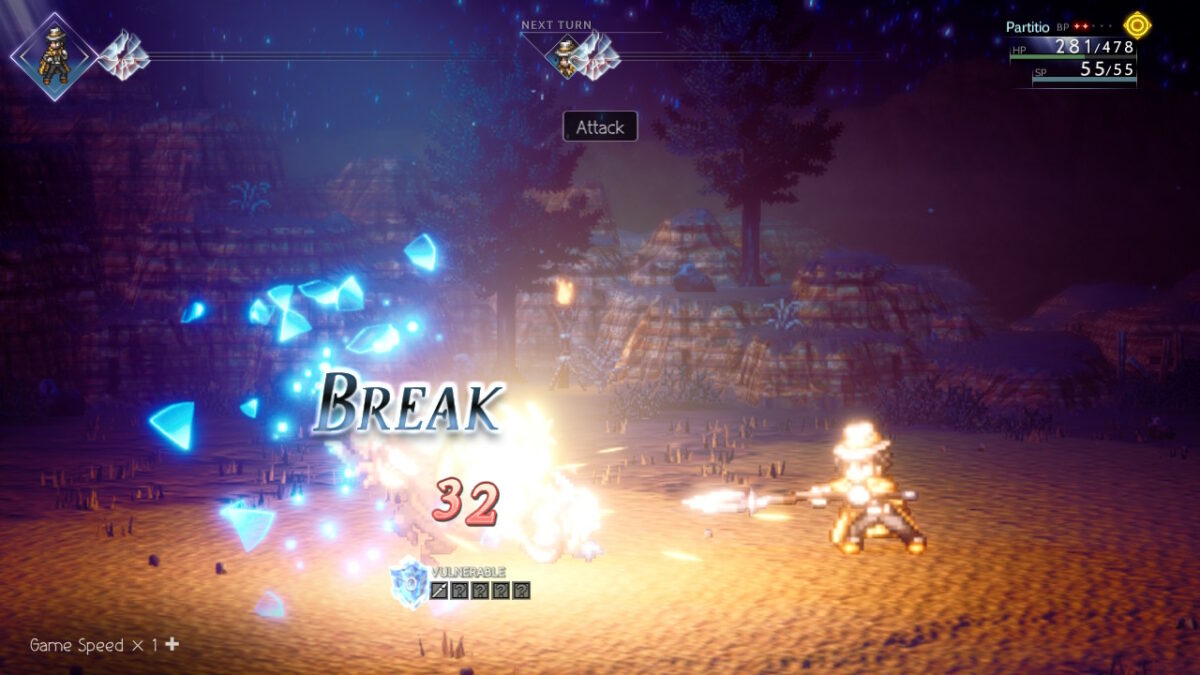
A new day and night cycle changes the world by changing the locations of NPC and your characters by adding a second Path Action, skills unique to specific characters. Some are still much more useful than others, but adding two per character helps keep the given classes from falling into obscurity outside their stories. The Path Actions still split between “heroic” and “rogue.” These are mainly superficial differences outside of adding a cost or a skill check to the given skills.
Dungeons are still pretty linear, padded by the occasional forked path and the game’s random battles. Not all of it is smooth, though, as some archaic design choices stick around, including party members losing out on XP if they aren’t active in the party at the battle’s end. The developers obviously knew what worked about the first title, so they iterated on it while keeping true to its Playstation / Super Nintendo presentation, for better and worse. Speaking of which…
Octopath Traveler II’s Graphics and Music
Despite playing every single HD-2D game Square Enix has released, I have yet to grow even the slightest bit tired of this art style. I chalk that up to the frequent updates made to the engine as time goes on. I was very impressed by the look of last year’s Live A Live, and Octopath Traveler II somehow managed to top it with the lighting, dynamic camera, and scene composition. This is a much more cinematic presentation with some really great environments. Character sprites have more detail, while enemies now actually have animations while attacking in battle. Though small changes, it makes the difference an ocean in giving personality to the world and your adversaries.
I played on the Nintendo Switch, but the game is also available on PC, PS4, and PS5. The Switch version looks good, but the one on more powerful hardware is jaw-dropping for pixel art fanatics like me. Also, the previously mentioned day and night system lets the art team flex even more through dynamic lighting and an entirely new color palette for most areas. Pictures and videos do not do this game justice, and this team should be very proud of their work.
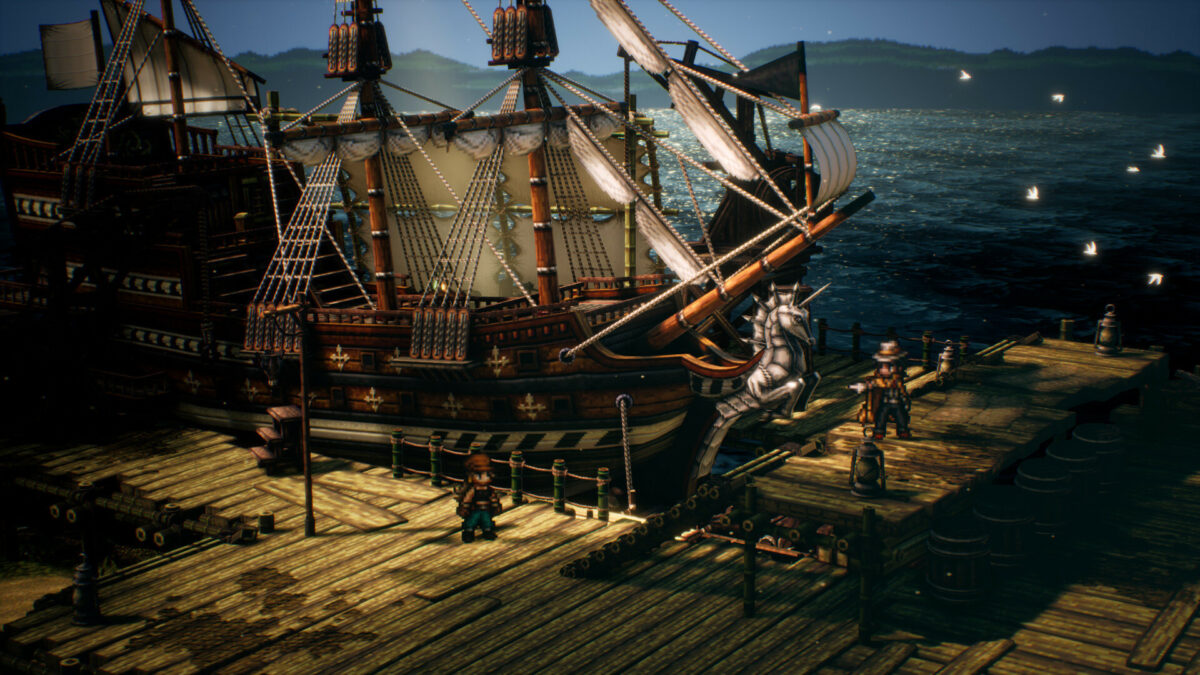
However, the real unsung hero of this series has always been the music, and Octopath Traveler II doesn’t disappoint. Composer Yasunori Nishiki once again brings a powerful orchestral score with memorable melodies while keeping the series’s now signature dynamic transitions for some hyped boss fights. I’m in awe that the only media he’s helmed solo are this series and Azure Lane: The Animation. I feel like he’s one of the most underrated composers across any medium, and the wide range of styles in this title only reinforces that. From traditional Japanese music to old American western vibes, Nishiki nails them all.
I will buy this OST the day it’s available, for sure. Also of note are the vocal performances in both English and Japanese. It all feels very anime and matches the tone of the stories. Industry legends dominate the Japanese side with a cast that includes Jouji Nakata (Kirei Kotomine in the Fate series) and Kazuya Nakai (Zoro from One Piece), to name a few. No expense was spared, it seems. But what’s a great cast without a good story?
Octopath Traveler II’s Story
This is really about the only area in Octopath Traveler II that doesn’t meaningfully improve. The characters, locations, and overall journeys are different. But if you’ve played the first game (or had even the slightest knowledge of narrative theory), you would have seen the story beats coming. Each chapter is short and sweet, told in an episodic fashion with a bigger overarching plot as the main driving force for the characters.
Also, it doesn’t do anything as crazy as Live A Live’s twist at the climax. None of this is necessarily bad. Just formulaic. Sometimes simplicity is a strength, and a more subdued approach is something I appreciate in an era of deconstructions and subversions. You’ll have a good time if you don’t expect anything groundbreaking.
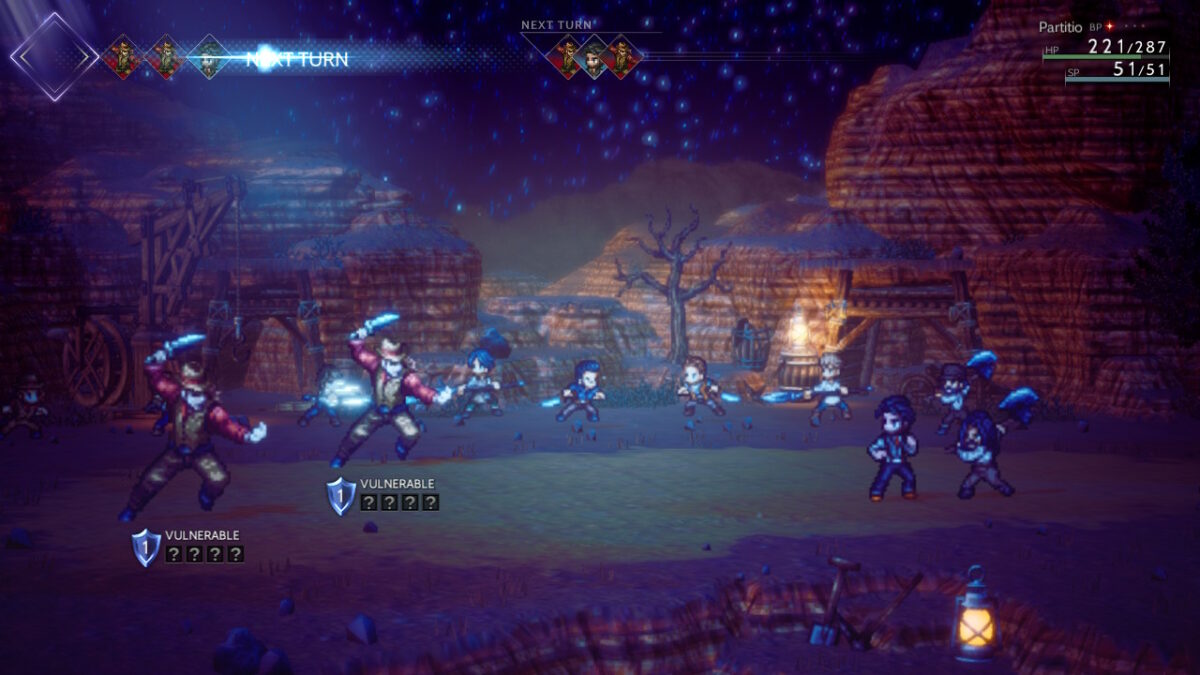
Where it does improve is how the characters interact with each other. The first Octopath had some throwaway dialogue between characters between impactful story beats. But its anthology story structure left players feeling unconnected from the band of merry travelers. In Octopath Traveler II, side stories exist specifically for growing specific pairs of characters as comrades and friends. It’s nothing even close to the depth of something like Persona’s Social Links. But it’s superior to the original and helps the cast feel like a real party better. What surprised me most was the setting for the worlds shown here. Instead of more medieval fantasy, we have a mixture of the Industrial Revolution, feudal Japan, and an island of cat people. That’s right, catgirls. And one is a protagonist. Enjoy!
The End of the Journey
All things considered, Octopath Traveler II is a big step up over Octopath Traveler, despite some of the flaws persisting in this sequel. It’s not perfect by any stretch of the imagination. But it’s an obvious labor of love that fans of the original shouldn’t miss. It will be hard to go back to the original after this. It takes some time to get to the depths of the combat system, and the dungeons leave a lot to be desired. But when it all comes together, and the score builds to that incredible boss theme music at the end of the chapter when you beat down today’s villain-of-the-week, it becomes clear that this series will always be greater than the sum of its parts. I highly recommend it to fans of old-school JRPGs. Thanks for reading.
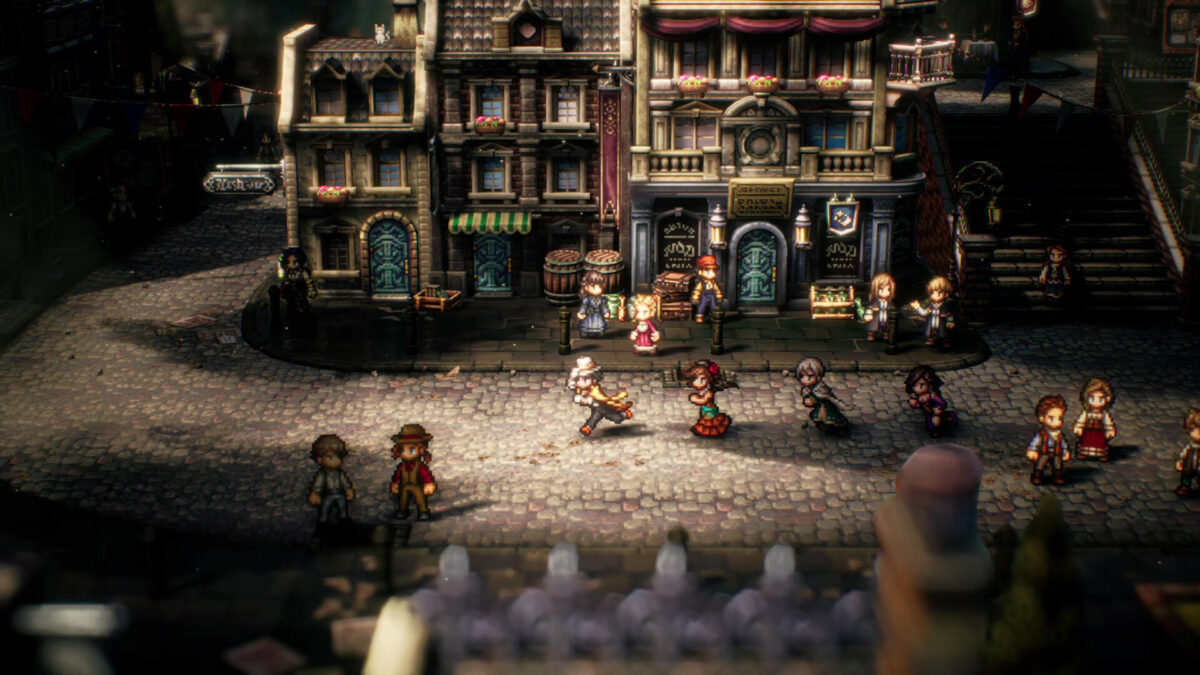
Octopath Traveler II is available now on Nintendo Switch (reviewed), PlayStation 4, PlayStation 5, and Steam, with an MSRP of USD$60. A three-hour demo is available with the option to transfer data to the full game when purchased.


